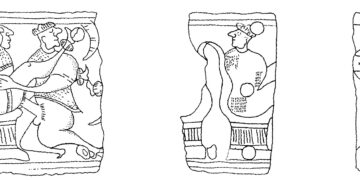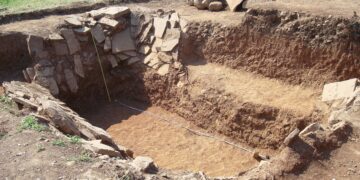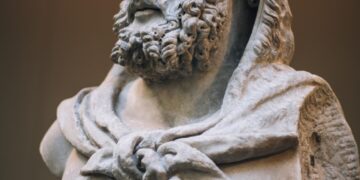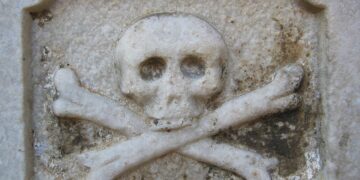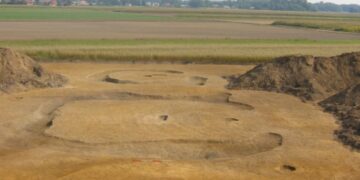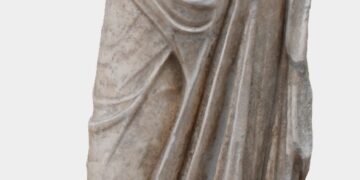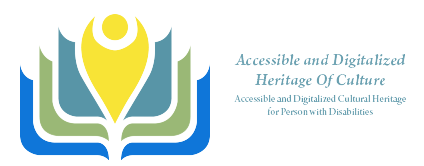There is a general perception that, in the Middle Ages, children were not valued by their families or by society as a whole. Perhaps no time in history has sentimentalized infants, toddlers, and waifs as has modern culture, but it doesn’t necessarily follow that children were undervalued in earlier times. In part, a lack of representation in medieval popular culture is responsible for this perception. Contemporary chronicles and biographies that include childhood details are rare and the literature of the times rarely touched on the hero’s tender years, and medieval artwork offering visual clues about children other than the Christ Child is almost non-existent. This lack of representation in and of itself has led some observers to conclude that children were of limited interest, and therefore of limited importance, to medieval society at large.
Medieval cemeteries demonstrate quite the opposite. The Servite order in Koper in Slovenia performed their vocation and the monastery must have acted as a hospital. During archaeological excavations huge amounts of human remains were discovered – the bones, deriving from the older cemetery around the Benedictine monastery, were deposited in piles below the newly erected cloister. In the garden in the centre, several crypts were erected for the friars – but one of them included young children from the age of 2 to 4. Carefully constructed it was dug through the rubble of the Roman villa so the mosaic was used as its floor. Covered with a large stone plate it remained closed even later when other crypts were emptied and an herb garden was planted. It seems that children considered special were buried in a prominent position of the monastery and their peace was not disturbed even later when the specification of the complex changed.













